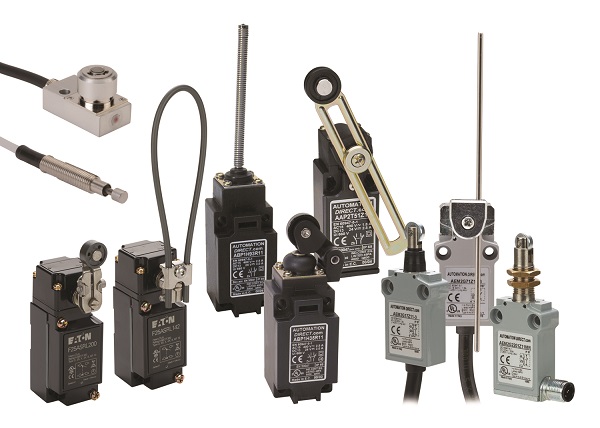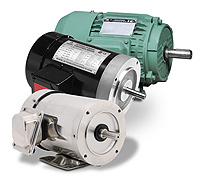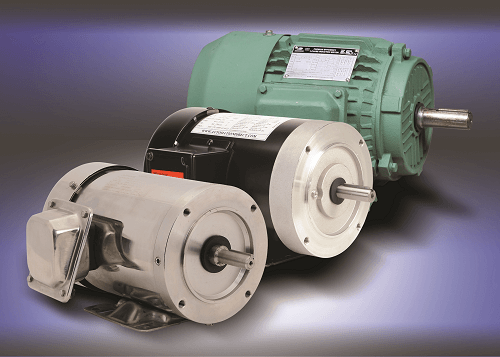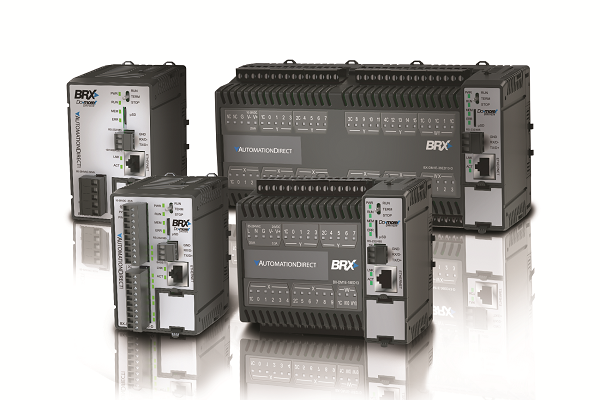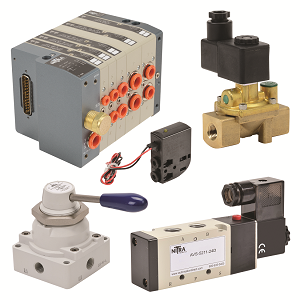Overview of Magnetic Proximity Sensors Magnetic proximity sensors are used for non-contact position detection beyond the normal limits of inductive sensors. In conjunction with a separate “damping” magnet, magnetic sensors offer very long sensing ranges from a small package size and can detect magnets through walls of non-ferrous metal, stainless steel, aluminum, plastic or wood. Depending on the orientation of the magnetic field the…
When it comes to detecting position and presence in automated equipment, be sure to consider limit switch as choices available today are robust, and can provide high precision. While photo eyes and inductive switches are popular choices in many applications, precision limit switches can be a better option with repeatable accuracy less than a micron.
It’s a good idea to protect both. OSHA provides clear standards on the use of eye and other personal protective equipment, yet workers often choose to not to follow these rules. Certainly, there are places where protection must always be worn, so it’s best to offer workers comfortable and fashionable choices.
When automating machines or processes, picking the right controller hardware is important, and the application often drives the selection process. However, the programming software can make development, startup and operation easier—and is therefore an important factor in the buying decision. Jeff Payne, the Automation Controls Group Product Manager at AutomationDirect, wrote an article titled How…
General purpose motors have been around for many years. They are the workhorse of almost every industry. An inverter-duty motor is a much newer concept that became necessary as motors began to be driven by VFDs (inverters or AC drives). An inverter duty motor can withstand the higher voltage spikes produced by all VFDs (amplified…
AC motors are electric motors driven by alternating current (AC). AC motors are widely used in industry, primarily due to their high efficiency, and their ability to produce constant torque up to the rated speed. AC Motor Types The two most widely used types of AC motors are induction motors and synchronous motors. How AC…
Service engineers and machine builders ensure that arrays of machines, computers, and equipment perform optimally 24/7. In the past, service engineers were alerted about a malfunctioning machine with a frantic call from a machine operator or owner. If it happened at night (which was all too often, right?!) the call forced the service engineer to…
A stepper motor (sometimes called a step motor or stepping motor) is a DC motor with a fixed number of steps that make a full rotation. The motor can be commanded to move to any one of those step locations and hold position without any need for a position sensor – assuming it is properly…
AutomationDirect’s BRX PLC was announced as a Finalist in the Automation & Controls category for Plant Engineering’s 2017 Product of the Year. You can check out the new BRX PLC here. Winners will be announced on April 2, 2018.
To control pneumatic cylinders and actuators with fluid power, air flow must be reliably controlled, typically with a solenoid valve. Pat Phillips, Product Manager, Fluid Power & Mechanical Products at AutomationDirect, wrote an article titled There’s a Valve for That, which ran in the November-December 2017 issue of IEN magazine. In the article, he discussed…


